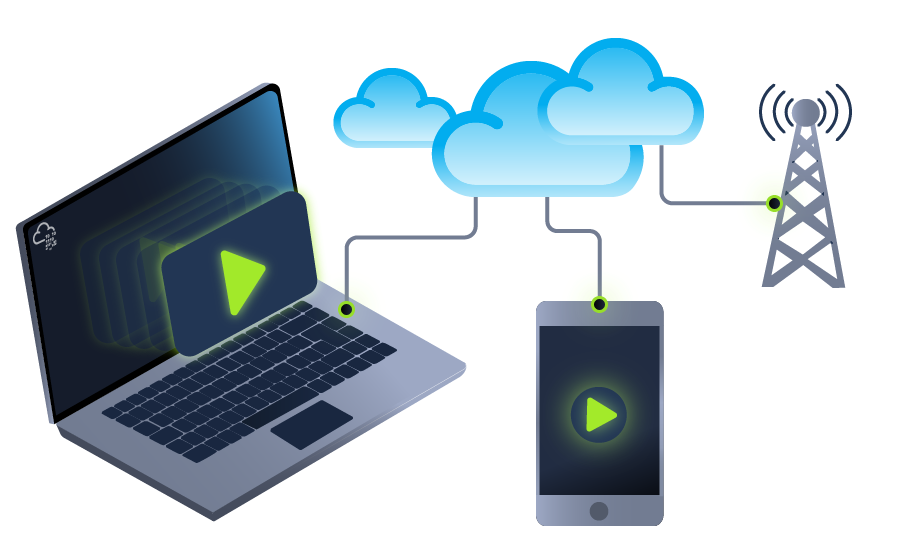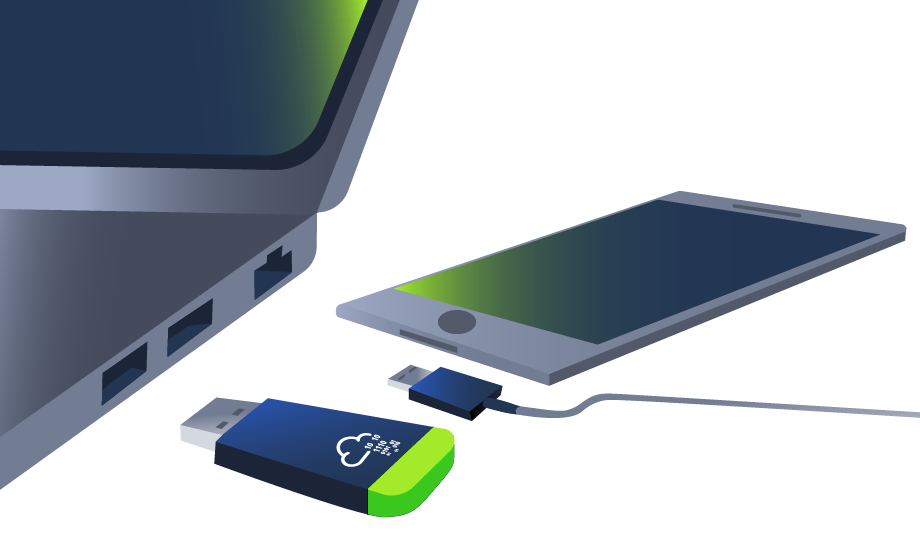Delivery Techniques
Delivery techniques are one of the important factors for getting initial access. They have to look professional, legitimate, and convincing to the victim in order to follow through with the content.

Email Delivery
It is a common method to use in order to send the payload by sending a phishing email with a link or attachment. For more info, visit here. This method attaches a malicious file that could be the type we mentioned earlier. The goal is to convince the victim to visit a malicious website or download and run the malicious file to gain initial access to the victim’s network or host.
The red teamers should have their own infrastructure for phishing purposes. Depending on the red team engagement requirement, it requires setting up various options within the email server, including DomainKeys Identified Mail (DKIM), Sender Policy Framework (SPF), and DNS Pointer (PTR) record.
The red teamers could also use third-party email services such as Google Gmail, Outlook, Yahoo, and others with good reputations.
Another interesting method would be to use a compromised email account within a company to send phishing emails within the company or to others. The compromised email could be hacked by phishing or by other techniques such as password spraying attacks.

Web Delivery
Another method is hosting malicious payloads on a web server controlled by the red teamers. The web server has to follow the security guidelines such as a clean record and reputation of its domain name and TLS (Transport Layer Security) certificate. For more information, visit here.
This method includes other techniques such as social engineering the victim to visit or download the malicious file. A URL shortener could be helpful when using this method.
In this method, other techniques can be combined and used. The attacker can take advantage of zero-day exploits such as exploiting vulnerable software like Java or browsers to use them in phishing emails or web delivery techniques to gain access to the victim machine.

USB Delivery
This method requires the victim to plug in the malicious USB physically. This method could be effective and useful at conferences or events where the adversary can distribute the USB. For more information about USB delivery, visit here.
Often, organizations establish strong policies such as disabling USB usage within their organization environment for security purposes. While other organizations allow it in the target environment.
Common USB attacks used to weaponize USB devices include Rubber Ducky and USBHarpoon, charging USB cable, such as O.MG Cable.
